Trash in; trash out
The art of saving your scraps for another project
words by Meagan Condon
Something many experienced fiber teachers, myself included, try to relate to new spinners is… if something in your fiber supply isn’t working… if you have neps in your worsted preparation… if you have a lock that doesn’t want to spin right… it is okay to toss it! No one ever listens the first time. I remember when I first started spinning, I didn’t want to waste a single tuft of fiber. Fiber is an expensive and precious commodity! I couldn’t bear the idea of tossing anything, even if it was trash fiber. It could have more straw than fiber and I’d still sit down and pick out “the good parts.” That boat has long since sailed for me, and I’d like to help you christen your own boat and explore ways of handling fiber scraps that will improve your spinning projects and clear out your studio.
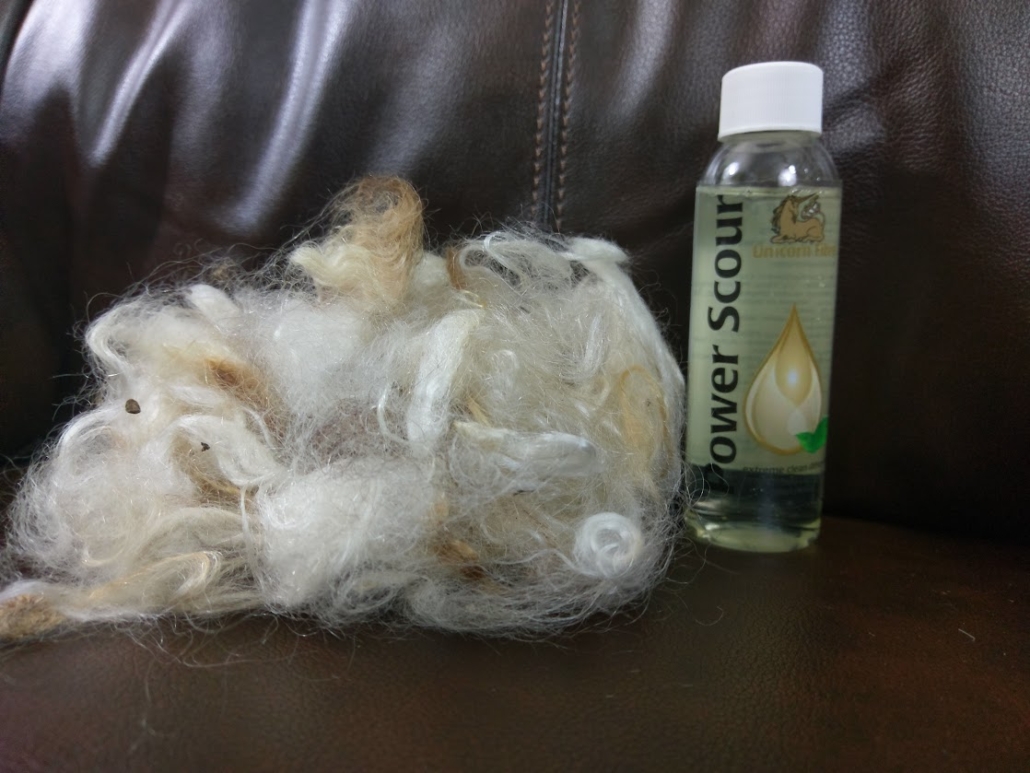
Rule #1: Trash in; trash out
Let’s say you want to create a smooth worsted yarn. You select a nice braid of BFL/silk which you probably paid a nice price for. As you begin to spin, you get to a place in the fiber preparation that is compacted and the fiber preparation is badly disturbed. What do you do? Still spin right past it? What if I told you it had a few neps? Better yet, what if it also had some vegetable matter? All of these problems interrupt your worsted yarn, create a weaker yarn structure, and take away from the value of your yarn. If you paid that much for your fancy fiber, you want to make the best yarn you can. Rather than incorporating those “trash” portions into your yarn, toss it!
Toss it doesn’t mean trash it necessarily…
Just because a bit of fiber isn’t right for a particular project doesn’t mean it can’t be used in some other fashion. In my studio, I keep a bag of fiber scraps. Sometimes these are tufts I cleaned from my drum carder or blending board. Sometimes it’s a not-so-nice portion of a top I’ve spun. Sometimes it’s a section of fluff I experimented with.
What doesn’t go in the bag? Dust and fiber from the floor and beneath the carder, portions of a fleece too gross for me to spin, fiber less than a 1-inch staple, and anything too tangled to work with.
Make yarn
After I’ve filled or sometimes overfilled the bag, I dump the fiber onto the floor, give it a rough sort, and then card it into a scrappy batt or “trash” rolags. The tricky part about these scrappy projects is they can contain any type of fiber, any staple length, any diameter. Medium wools get mixed with fine wools. Longwools get mixed with angora. You name it, it will be all together in this one project. On top of that, you’re using the less-desirable bits instead of the prime fiber. That means your yarn will pill. It will be a weaker yarn. It may even be ugly, itchy, or lumpy. Be aware of that going into the project. I usually don’t get too invested in my scrappy yarns and I don’t expect the finished projects to last a lifetime. I usually spin it as a woolen yarn to deemphasize the inconsistencies of the preparation and use in a project that won’t get much wear & tear and that won’t have tears shed when it does wear out.
Felt it
Does the idea of making crappy yarn kill your soul? You can always felt that fiber instead.
- Wrap your scrappy fiber around a bar of soap and turn it into felted soap.
- Paint a felt tapestry with your different colored scraps.
- Needle-felt some bobbles to include in your next art yarn.
Experiment
Use your scrappy fiber as a chance to experiment. Try a new preparation or spinning technique. Always wanted to try super coils? Now is your chance! Coreless core spinning? Bring it on! Carding a gradient out of anything? Try it. Just remember, since you are not dealing with prime fiber, if you run into trouble as you experiment, some of your frustration may come from the fiber and not your technique. Take it with a grain of salt and ask yourself along the way – is this something I’m doing or is this a result of my fiber?
What about all the fiber too icky to spin?
If it is too icky to spin, it becomes packing material for shipping things, stuffing for pillows, and (worst-case) compost. Remember, there will be more wool, better wool, stronger wool. As your stash grows, you’ll have more fiber than you can spin, so don’t waste your time fussing with the trash bits.
You have permission to scrap the scrappy bits.
Let me say that again.
You have permission to scrap the scrappy bits.
While you spin, when you get to that not-so-nice bit of fiber, tear it out of your fiber supply and fling it to the floor. Not only does it feel great, but you can pick it up later for your scrap bag. Just because it isn’t going to be in your current project doesn’t mean you can’t use it in other applications.


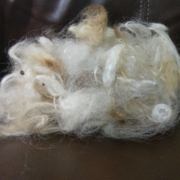

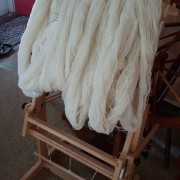
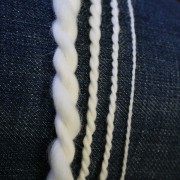
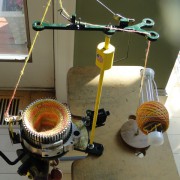


Leave a Reply
Want to join the discussion?Feel free to contribute!